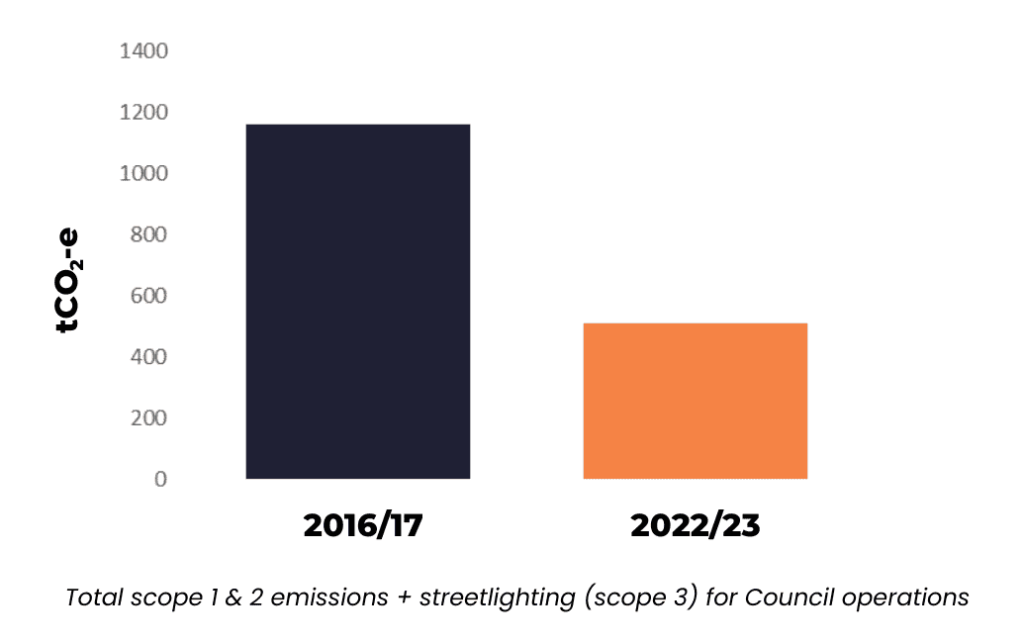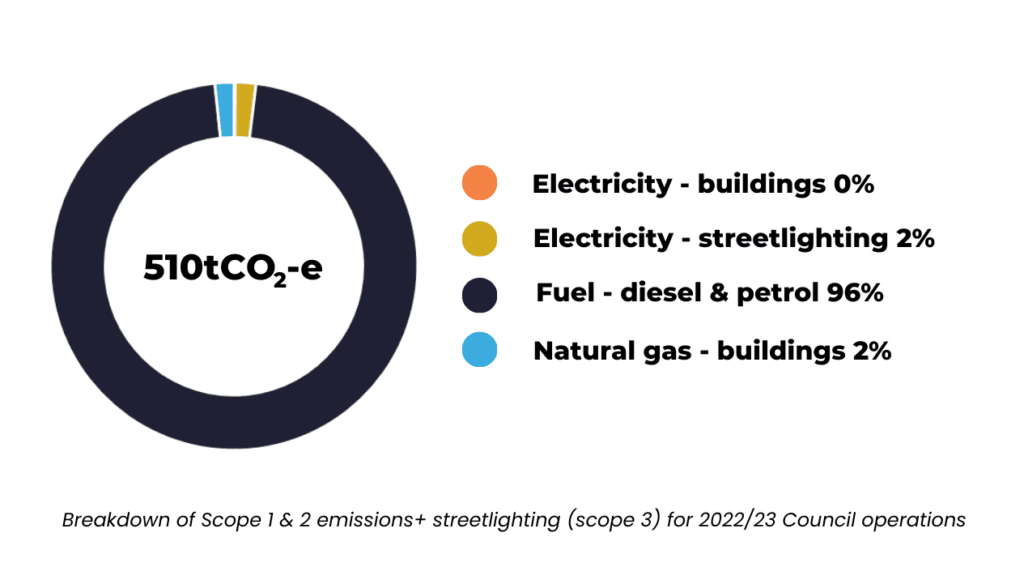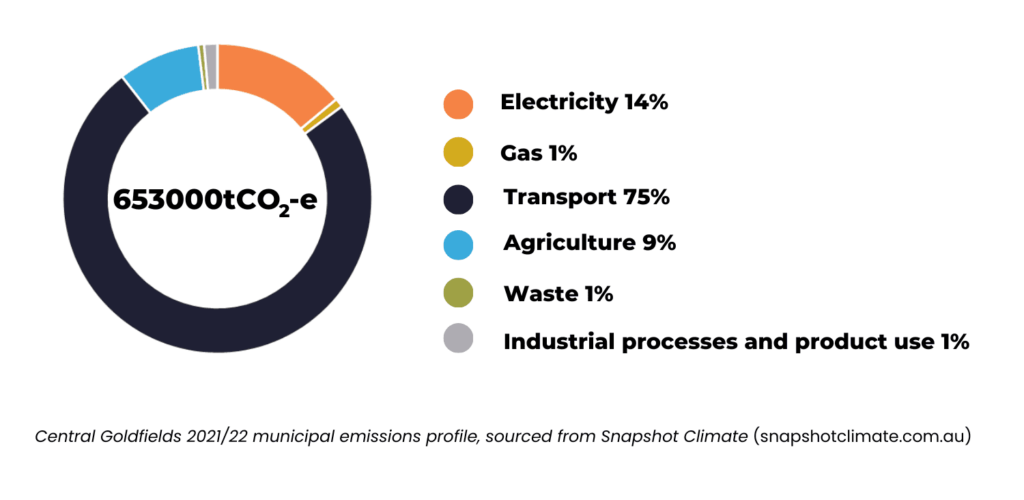The Earth’s climate has changed naturally many times before. However, human activity is causing the Earth’s average temperature to rise unusually fast leading to rising sea levels, shrinking mountain glaciers, changes in flower and plant blooming times and an increase in frequency and severity of storms, floods, heatwaves and fires.
Greenhouse gases (GHG) are gases in Earth’s atmosphere that trap heat. They let sunlight pass through the atmosphere, but they prevent the heat that the sunlight brings from leaving the atmosphere. This has a warming effect on the Earth. The main greenhouse gases are water vapour, carbon dioxide, methane, ozone, nitrous oxide and man-made chlorofluorocarbons.
The greenhouse effect is the process where greenhouse gases in the Earth’s atmosphere trap the sun’s heat. This makes Earth much warmer than it would be without an atmosphere. Without the greenhouse effect Earth would be too cold for life to exist.
Human activities, particularly the burning of fossil fuels, are adding more greenhouse gases to the atmosphere. This is enhancing the greenhouse effect, trapping more heat and causing global temperatures to rise, with associated consequences for our climate.

These climate hazards can lead to direct and indirect impacts on the natural environment, built environment, economy, and people. A strategic response to climate change will ensure Council and community is actively reducing its contribution to global greenhouse emissions, as well as preparing for and adapting to a changing climate.

Scope 1 greenhouse gas emissions are the emissions released to the atmosphere as a direct result of an activity, or series of activities at a facility level.
Scope 2 greenhouse gas emissions are the emissions released to the atmosphere from the indirect consumption of an energy commodity.
Scope 3 greenhouse gas emissions are indirect greenhouse gas emissions other than scope 2 emissions that are generated in the wider economy. They occur as a consequence of the activities of a facility, but from sources not owned or controlled by that facility’s business.
Council has a Net Zero 2030 target for its operational emissions. Council’s greenhouse gas emissions for the 2022/23 financial year were 510tCO2-e. This is a 56% reduction in emissions from its 2016/17 baseline.

This significant reduction was achieved through actions such as:
A breakdown of Council’s 2022/23 emissions can be seen in the chart below.

Continuing efforts to net zero will now focus on transitioning fleet to electric vehicles, minimising emissions from plant equipment and electrifying Council managed buildings.
Total emissions for the Central Goldfields Shire in 2021/2022 were 653 000 tCO2-e. The largest source of emissions was on-road transportation accounting for 75% of emissions.
A breakdown of the Shire’s 2021/22 emissions can be seen in the chart below.

Local businesses, industry, schools and community are invited to show their commitment to unified action on climate change by joining the local Climate Alliance.
Members will stay up to date with important sustainability news, events and grant opportunities, and will be connected to a network of local climate action enthusiasts and potential collaborators.




CENTRAL GOLDFIELDS CLIMATE ACTION © Copyright 2023 | Privacy Policy | Website by 61 Design
We will be in touch with more information